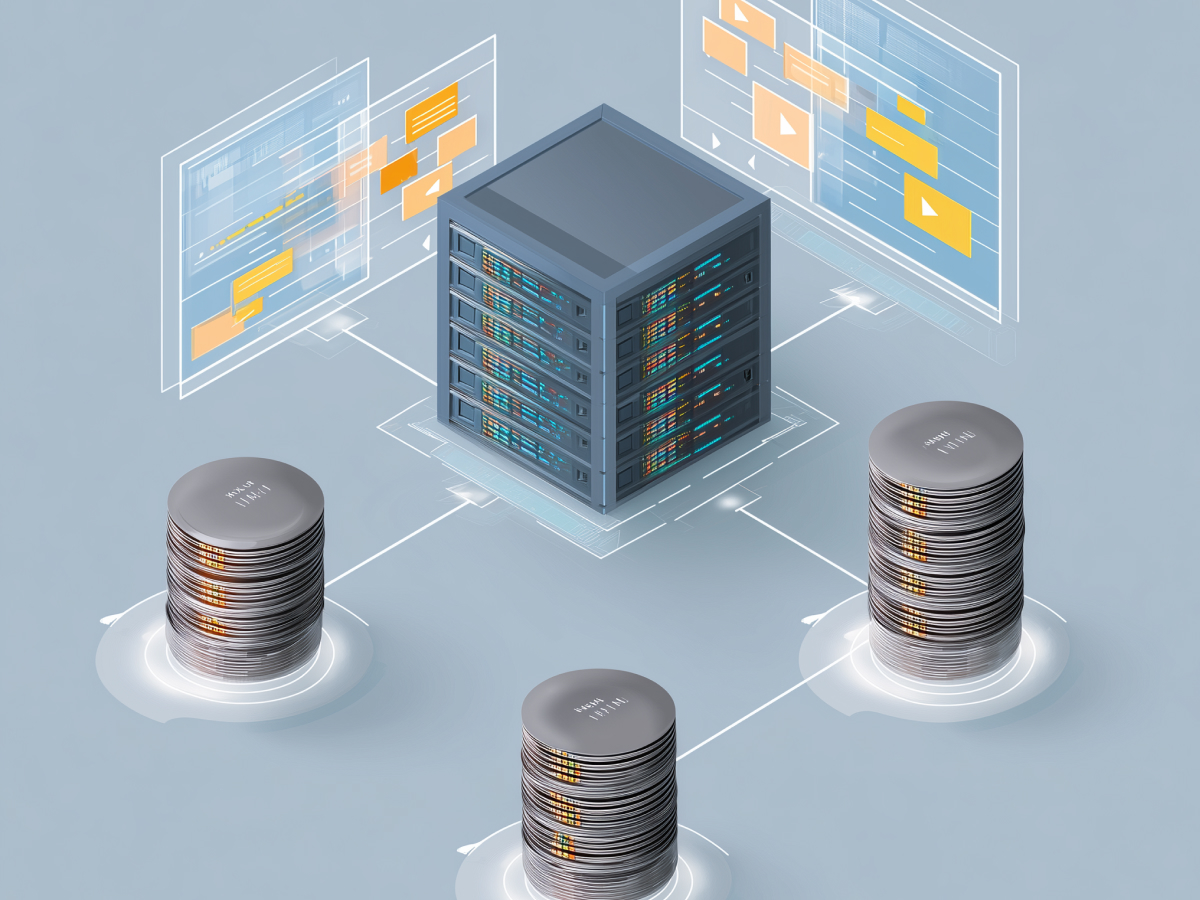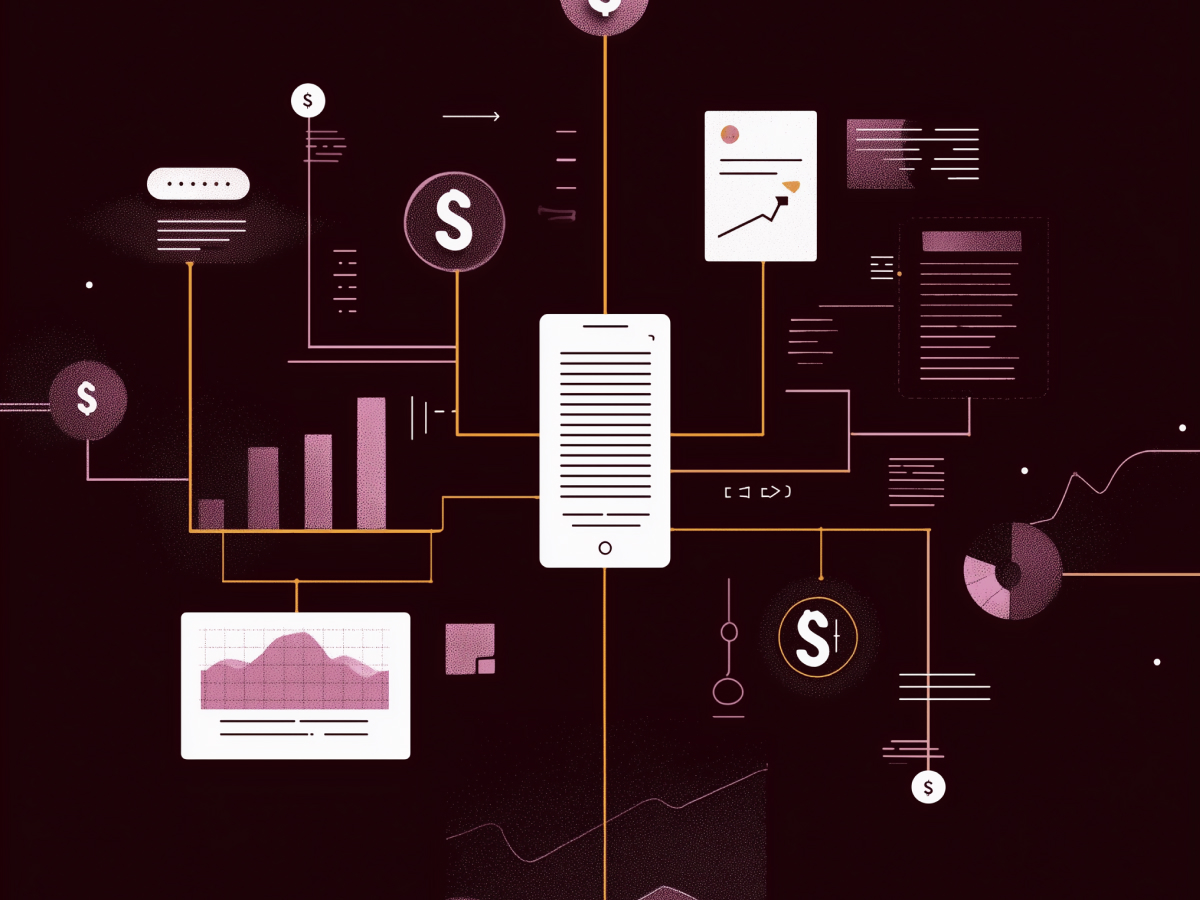Modern analytics architectures must support scalable, unified processing
Right now, most companies are collecting massive volumes of data, text transcripts, videos, clicks, product reviews. Some of this data is structured, rows, columns, tables. The rest isn’t. It’s messy, inconsistent, siloed. That’s the reality teams are dealing with. The problem? Legacy systems weren’t built to treat all of that data equally, especially when it comes to making it usable for AI.
You can’t just bolt on AI to the old way of doing things. If you want to drive real outcomes, better customer experiences, faster operations, you need a new kind of architecture. You need one that treats all data, structured or not, as valuable, processable, and AI-ready. This means designing data pipelines that do more than just clean and store information. They have to infer meaning from it on the fly, using intelligent models that learn and adapt.
One practical example: instead of hardcoding categories in your product catalog, where updates require entire reworks, you use foundation models to understand what’s in your unstructured product descriptions. You let the system evolve as your catalog grows. That makes the business more agile.
It’s not just a nice improvement, it’s essential infrastructure. This shift frees your data teams from repetitive prep work and gets your AI models trained faster. Transforming multimodal chaos into AI-compatible, unified intelligence is more than a tech win. For executives, it’s operational leverage.
Data engineering for multimodal AI
Different workloads aren’t created equal, and they shouldn’t be treated the same. When you’re analyzing tons of customer reviews using AI, it’s not the same as running forecasts on time-series data or doing object detection in video streams. Each of these has unique compute, memory, and throughput demands. The infrastructure you put behind it matters, massively.
If you’re running real-time NLP, you need low-latency responses and tightly optimized inference engines, in some cases using vector databases and GPUs. Training a model on video content? You’ll need high-bandwidth, media-optimized object storage and massively parallel GPU clusters. If you’re forecasting based on time-based events, the job is often CPU-bound, and your architecture should prioritize partitioning and memory scaling over GPU acceleration.
This is where a lot of companies overinvest or underperform. They buy general-purpose tools and expect them to handle everything. Doesn’t work. When you match tools to the specific problem, you get better results and spend less doing it.
For C-suite leaders, the key takeaway is this: don’t architect for averages. Architect for edge cases, because that’s where your AI projects will bottleneck. Strategic, workload-specific infrastructure doesn’t just improve model performance, it puts your business ahead on cost, scalability, and time-to-market.
Best practices call for centralized, serverless platforms
A lot of companies still waste time moving data between tools, cleaning it in one platform, profiling it in another, transforming it in a third. That becomes a bottleneck. It slows down your team and creates inconsistencies. The right move is to bring that entire process into a centralized, serverless platform, one that handles structured and unstructured data with the same efficiency.
Modern platforms now automate much of the early prep work, generating SQL, cleaning raw input, flagging data quality issues before they become problems. That’s not just a productivity gain. It’s a shift in focus: from manual scripting to actual modeling and deployment. When those functions work in the same environment, engineered for scale, you eliminate unnecessary friction. Feature engineering, transformation logic, all of it becomes faster, more accurate, and easier to maintain.
Running all of this serverlessly matters. You don’t want your engineers thinking about infrastructure. When compute scales automatically to match workload volume, your AI workloads perform better without constant oversight or resource planning.
For C-level decision-makers, especially in growth-focused businesses, this isn’t an IT optimization. It’s a force multiplier. Speed, consistency, and resilience improve across the entire data lifecycle. That directly improves how fast new products launch, how soon insights are delivered, and how well teams respond to change.
Treating unstructured content as “first-class citizens”
Unstructured content isn’t optional anymore. It’s central to how businesses interact with customers, detect risk, and uncover opportunity. And yet, most companies still treat things like audio files, transcripts, and images as outside the standard data workflows, requiring separate tools, pipelines, and teams.
That approach creates silos by design. It also slows down the application of AI to high-value problems. The better approach is to bring unstructured data inside the core analytics environment, index it, process it, and treat it as queryable using familiar methods like SQL. Modern platforms have already made this possible. Some even convert AI outputs directly into structured tables without requiring a custom pipeline.
Take something as basic as analyzing customer support logs. If those transcripts can live alongside your customer profile and sales data, in one environment, you can apply AI to detect sentiment, identify trends, and surface predictions, all without hopping between tools. And you can do it at production speed.
For executives who oversee operations, digital transformation, or customer service, this isn’t a backend technical choice, it’s a path to tangible transparency. When all your data types speak the same language in analytics, insights emerge faster and create impact where it counts.
Architectural adaptability is invaluable
Companies adopting AI at scale need more than just better models, they need data infrastructure that can adapt quickly as workloads evolve. That means your core architecture must not only support today’s needs but remain flexible enough to handle new models, unstructured inputs, and changes in how data is used across products and functions.
Embedding AI tasks directly into the data platform is how forward-looking teams are getting ahead. Classification, transcription, summarization, those don’t have to live in separate systems anymore. You can run those tasks inside the analytics environment itself, right where the data already lives. This lowers latency, reduces engineering complexity, and accelerates the deployment cycle from idea to insight.
Foundational models are no longer exclusive to research labs or hyperscalers. They’re becoming part of day-to-day enterprise tooling. That brings broader opportunities, but also tighter integration requirements. Your platform has to support dynamic workloads, multimodal inputs, and diverse model outputs, all while maintaining stability and cost-efficiency. If it can’t, scale doesn’t happen.
Executives leading digital, AI, or cloud strategy should think of architecture as a strategic differentiator. Flexibility isn’t overhead, it’s risk control and speed combined. As more AI use cases emerge, from personalization to anomaly detection, the ability to process, transform, and analyze data in one place, using AI natively, will separate the top performers from the rest.
Key highlights
- Build for AI-ready data: Leaders should invest in architectures that unify structured and unstructured data, enabling scalable, AI-driven insights without relying on brittle, hardcoded logic.
- Match infrastructure to workload: Executives should tailor infrastructure to specific AI workloads, text, video, or forecasting, to improve performance and reduce wasted spend on generalized systems.
- Automate upstream to move faster downstream: Streamlining data prep with serverless platforms and in-platform automation reduces latency, boosts reproducibility, and shifts team focus to high-value modeling work.
- Make unstructured data a first-class citizen: Executives overseeing transformation should ensure unstructured inputs, like audio, text, or images, are integrated directly into analytics workflows to maximize insight without added pipeline complexity.
- Design for flexibility or fall behind: Leaders should prioritize adaptive, AI-embedded architectures that support evolving foundation models and diverse data types to maintain speed, scale, and future readiness.





